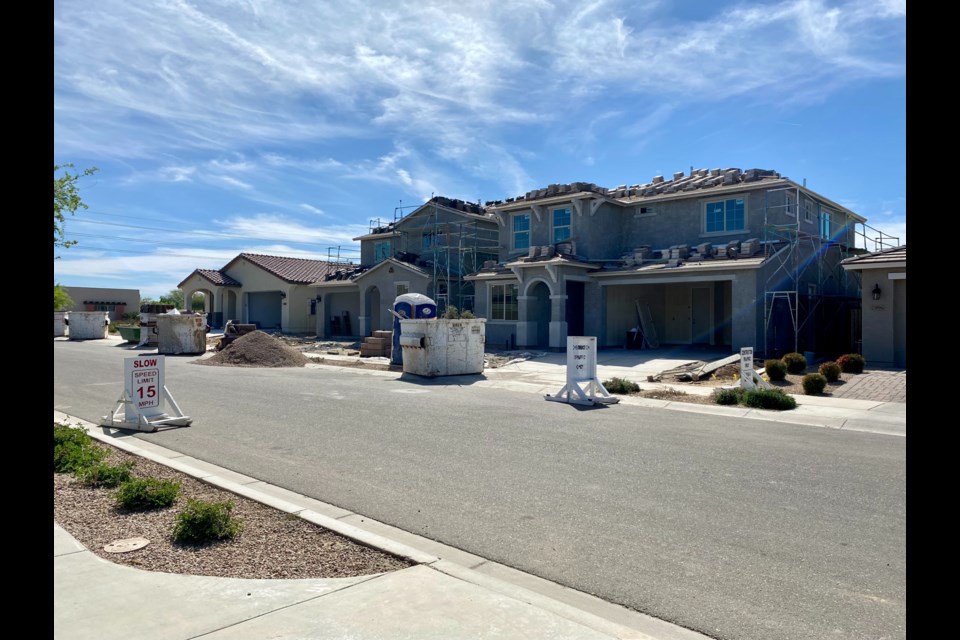From enormous gains to an anticipated tempering, a lot has happened over the course of 2022. That’s according to a report based on the most recent ARMLS data released by Phoenix REALTORS that outlines the state of the residential real estate market and where it is anticipated to go in 2023.
“When we look at where we began – mortgage rates near historic lows, fierce buyer competition, homes selling seemingly faster than it takes to put a sign in the ground – it’s fair to say that the tides have definitely turned, but it may not be as horrible as people think,” said Butch Leiber, the recently appointed president of Phoenix REALTORS.
Examining an area that includes Maricopa County and other surrounding communities in Arizona, the report saw that those conditions, primed with pent-up demand, a shortage of housing supply, resulted in soaring sales prices. But as mortgage rates started to rise – dampening housing affordability to lows not seen in decades.
Compared to 2021, home prices were up 15% to $460,000 in 2022, single-family home prices were up 14.3% and townhouse/condo home prices were up 19.6%. But pending sales were down 27% to 76,457 in 2022, and closed sales were down 23% to 81,084.
When considering sales price, the number of homes sold in the $500,000-olus price range rose 5.5% to 33,914 units. Comparatively speaking, homes priced in the $299,000 or less range declined 60% to 8,666 units.
“Even though there was fluctuation across the board, one area where we saw consistency was how much of the list price was received by sellers. On average, 100% asking price was delivered upon sale, which is a year-over-year decline of only 1.3%,” said Leiber. “This still indicates a pretty strong market despite the fluctuation. Of course, if demand shrinks in 2023, list price received at sale could drop as well.”
In terms of inventory, year-over-year, the number of homes available for sale was up 134.9% from 2021 to 2022. There were 17,048 active listings at the end of 2022 compared to 7,258 listings at the end of 2021. However, new listings were down 4.9% to finish the year at 109,915.
“After two years of record-breaking growth, pricing and overall activity, the market ended the year much cooler than it began,” said Leiber. “But that’s not to say the trends we’re seeing nationally will have the same resounding impact locally.”
Looking to what the future may hold for this year, economic headwinds, including inflation, mortgage interest rates and the broader state of the economy, will determine the state of the residential real estate market in 2023.
“Home sales may soften, price growth will moderate and inventory will remain tight. But given Phoenix’s comfortable position as a market still seeing significant economic growth, it’s anticipated that the larger price declines and stresses seen nationally may not have as significant an impact locally,” said Leiber
As home sales continued to decline throughout much of the year and affordability pushed many prospective buyers and sellers to the sidelines, there are options available.
“Yet in spite of some of the obstacles we’re seeing, sellers and buyers are resilient. To help offset rising costs, some buyers moved from bigger, more expensive cities to smaller, more affordable areas. Others turned to the rental market, where competition and rental prices surged,” said Leiber.
Learn more about Phoenix REALTORS.



